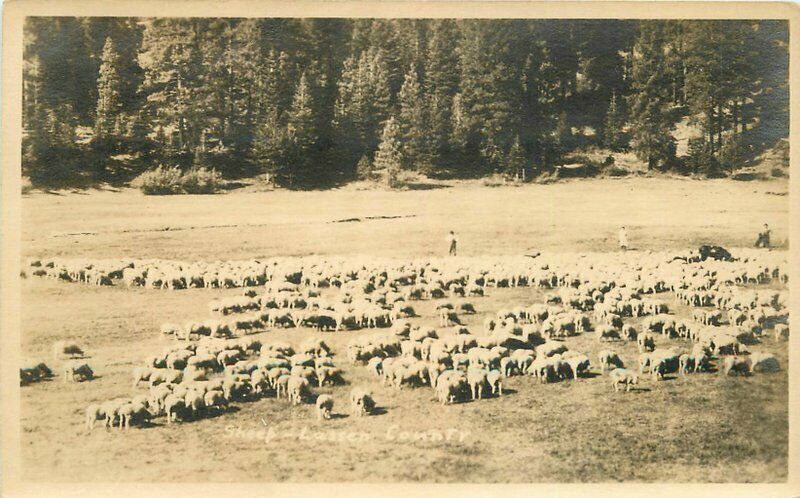
Not surprising, by the early 1900s changes were taking place on livestock grazing on public lands. With the establishment of Forest Reserves later to become National Forests would require grazing permits. This forced itinerant sheep men, many who were Basque, towards the Great Basin were they were able graze freely.
These herders became known as “tramp sheepmen.” These individuals would take their band of sheep and move them to place to place in search of feed and water. This practice would soon come to end. First, is was financial, in the 1920s when wool prices plummeted. In 1934, with the implementation of the Taylor Grazing Act, required grazing permits on all public lands and the itinerant sheepman was no more.
On a final note, is that of Adam Laxalt, who is in the news, of late, as a candidate forU.S. Senator in Nevada. His great grandfather, Dominique Laxalt was a true tramp sheepman of the Madeline Plains. As mentioned with the economic, political, as well as a drought, things did not work out well on the Madeline Plains for Dominique by the late 1920s who moved his family to Carson City, and started a new chapter in his life.